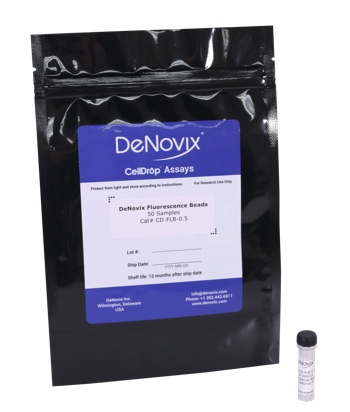CellDrop™ Automated Cell Counters use key principles of Industry 3.0 (automation, combined accuracy and precision, ease-of-use, etc.) to simplify the daily counting and viability tests conducted by cell biologist. As with any new technology, however, implementation, training and validation times may be factors of concern to those familiar with established cell counting technologies.
At the foundational level, many of the principles of cytometry have remained unchanged in almost a century. The hemocytometer first emerged in its recognizable format as early as 1922, when the simplified counting grid was first introduced. Experts still use hemocytometer counting chambers formatted with a grid of intersecting horizontal and vertical lines today. These well-established cell counters are familiar and fairly effective, but they are subject to inaccuracies due to human error and are typically low throughput.
DeNovix explored the benefits of manual and automatic cell counting in a previous blog post: Manual vs. Automated Cell Counters.
Onboarding CellDrop Cell Counters
Adopting a new cell counter technology can help professionals in all fields of study achieve higher levels of measurement accuracy and throughput for a new age of cytometric research. Firstly, however, new users must be effectively trained with the new technology and performance must be validated. For CellDrop, default standard protocols provide excellent counting performance for many cell lies and primary cells. A range of count protocol settings is also available for optimization for individual labs. Understanding these settings is a key requirement in unlocking the performance potential of the CellDrop cell counter, but harvesting cells to train new users with the instrument can be costly in terms of time and material expenses.
DeNovix has developed a range of brightfield and fluorescence beads as a cost-effective alternative to biological samples for instrument training and qualification purposes.
Brightfield & Fluorescent Beads
The CellDrop features both brightfield and dual fluorescence measurement capabilities. In brightfield mode, the cell counter identifies cells with bright centers surrounded by the darker ring of a cell membrane. When correctly focussed, the CellDrop registers brightfield beads with a similar pattern, assisting in brightfield qualification and training. Another benefit of these brightfield beads is that they can be counted as live cells using the trypan blue application.
In fluorescence mode, red and green channels are optimized for viability assays such as acridine orange/propidium iodide (AO/PI). To replicate this assay for training and validation, a standard solution has been developed containing an even mixture (1:1) of red- and green-fluorescing beads.
Both brightfield and fluorescence beads for the CellDrop Automated Cell Counter can be purchased directly from DeNovix. A full installation and qualification (IQ/OQ) package is also available.
In recent articles, we have also explored the various applications and available assays for accurate cell counting with the CellDrop cell counter. If you have found this post interesting, you might like to learn about Operating Cell Counters with FDA/PI Yeast Assays, or Cell Counting with Acridine Orange and Propidium Iodide (AO/PI). Otherwise, contact a member of the DeNovix team if you have any additional questions about onboarding the CellDrop cell counter in your facility.




